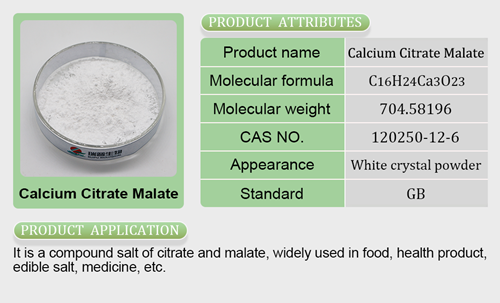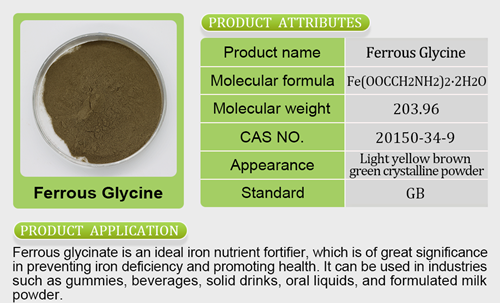Celiac-friendly wheat may be a crop of the future
It’s difficult for consumers with c eliac disease to maintain a gluten-free diet. Those affected by the disease need to avoid wheat, barley, rye and triticale (a hybrid of wheat and rye), ingredients that are included in many food product applications, zinc glycinate chemist wareh
eliac disease to maintain a gluten-free diet. Those affected by the disease need to avoid wheat, barley, rye and triticale (a hybrid of wheat and rye), ingredients that are included in many food product applications, zinc glycinate chemist wareh ouseincluding categories like canned soup and salad dressing. ###This reaction to gluten damages consumers’ villi — small, hairlike projections in the wall of the intestine. If the villi are damaged, people can’t absorb all the nutrients they need. If the problem is ignored, serious consequences can result.###The pzinc chelated para que serveast few years have seen an explosion of gluten-free products and peopchelated zinc benefits menle followin
ouseincluding categories like canned soup and salad dressing. ###This reaction to gluten damages consumers’ villi — small, hairlike projections in the wall of the intestine. If the villi are damaged, people can’t absorb all the nutrients they need. If the problem is ignored, serious consequences can result.###The pzinc chelated para que serveast few years have seen an explosion of gluten-free products and peopchelated zinc benefits menle followin g gluten-free diets — many of them doing so unnecessarily. Many of these non-celiac, gluten-free consumers see gluten as a general health risk, though few actually know what gluten is or how it affects their system.###Unnecessary gluten avoidance can keep people from getting the nutrients they need, such as B vitamins, which bread is fortified with. Still, this trend continues to grow, and morepure zinc gly
g gluten-free diets — many of them doing so unnecessarily. Many of these non-celiac, gluten-free consumers see gluten as a general health risk, though few actually know what gluten is or how it affects their system.###Unnecessary gluten avoidance can keep people from getting the nutrients they need, such as B vitamins, which bread is fortified with. Still, this trend continues to grow, and morepure zinc gly cinate and more manufacturers are scrambling to add new gluten-free offerings to their portfolios or reformulate existing products.###If a celiac-free wheat variety were introduced, this would solve a lot of problems for Americans who have the disease and other gluten intolerances. It would also ease pressure on manufacturers trying to find wheat alternadoes chelated zinc increase testosteronetives to applications like bread, pancake mix and others that tend to fall flat without flour.
cinate and more manufacturers are scrambling to add new gluten-free offerings to their portfolios or reformulate existing products.###If a celiac-free wheat variety were introduced, this would solve a lot of problems for Americans who have the disease and other gluten intolerances. It would also ease pressure on manufacturers trying to find wheat alternadoes chelated zinc increase testosteronetives to applications like bread, pancake mix and others that tend to fall flat without flour.